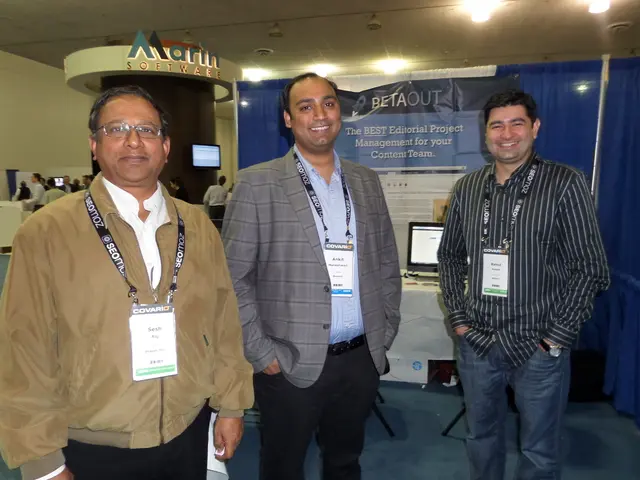Efficiency Factors Impacting Java Sorting Algorithms
In the realm of computer science, analyzing Space Complexity is a crucial aspect of managing resources effectively, preventing slowdowns or system crashes, and saving money in cloud computing environments. This is particularly important for software developers, as algorithms form the backbone of the field, solving computational problems and powering software applications.
When it comes to sorting data, different algorithms in Java exhibit varying time and space complexity trade-offs, depending on their design and use cases. Here's an expert summary focusing on common sorting algorithms and their complexities:
| Sorting Algorithm | Time Complexity (Average) | Space Complexity | Notes on Trade-offs | |-------------------|---------------------------|------------------|---------------------| | **Bubble Sort** | O(n²) | O(1) | Simple, in-place, but inefficient for large datasets due to quadratic time. | | **Insertion Sort**| O(n²) | O(1) | Good for nearly sorted data; in-place and minimal space. | | **Selection Sort**| O(n²) | O(1) | Always O(n²); in-place but inefficient for large n. | | **QuickSort** | O(n log n) average; O(n²) worst | O(log n) | In-place sorting with low space overhead; worst case can degrade to quadratic time without good pivot choice. Often very fast in practice. | | **MergeSort** | O(n log n) | O(n) | Stable sort that guarantees O(n log n) time but requires extra memory proportional to input size, making it less space efficient. | | **HeapSort** | O(n log n) | O(1) | In-place and no extra array needed, but typically slower in practice than QuickSort or MergeSort. | | **Counting Sort** | O(n + k) | O(k) | Efficient for integer keys in a limited range k but uses additional space proportional to k. Not a comparison sort. | | **Radix Sort** | O(nk) | O(n + k) | Like Counting Sort, good for special cases; space-heavy due to auxiliary arrays. |
Key Trade-offs:
- **QuickSort** balances time and space well by sorting in-place and having average \(O(n \log n)\) time, but relies on good pivot selection to avoid worst-case quadratic time and uses \(O(\log n)\) stack space due to recursion.
- **MergeSort**, while always guaranteeing \(O(n \log n)\) time and stability, requires \(O(n)\) extra space, which can be a downside for memory-constrained environments.
- **HeapSort** performs with \(O(n \log n)\) time and only \(O(1)\) extra space, making it suitable when memory is limited, though typically slower in practice.
- **Simple sorts** like bubble, insertion, and selection are space-efficient with constant space but suffer from poor time complexity, usually \(O(n^2)\), making them suitable only for small or nearly sorted datasets.
- **Non-comparison sorts** like Counting Sort and Radix Sort can achieve linear or near-linear time but at the cost of additional space, typically depending on the range of input values.
Modern Java implementations often use hybrid sorts (such as TimSort in `Arrays.sort()` for objects), combining techniques to optimize both time and space for practical scenarios.
In summary, the choice of sorting algorithm in Java involves balancing time complexity (speed of sorting) with space complexity (extra memory used), depending on data size, memory constraints, and specific characteristics of the input. Profiling algorithms using a tool that tracks time and resources consumed can reveal bottlenecks and areas for optimization. Benchmarking is crucial for comparing different algorithms, identifying inefficient parts, monitoring performance over time, and choosing the best algorithm for specific needs.
Data-and-cloud-computing environments, where resources are managed effectively to prevent slowdowns or system crashes, can benefit from understanding the space complexity of sorting algorithms in Java.
Technology advancements in Java have led to the use of hybrid sorts like TimSort, which optimize both time and space in practical scenarios, further enhancing performance in data-and-cloud-computing applications.




